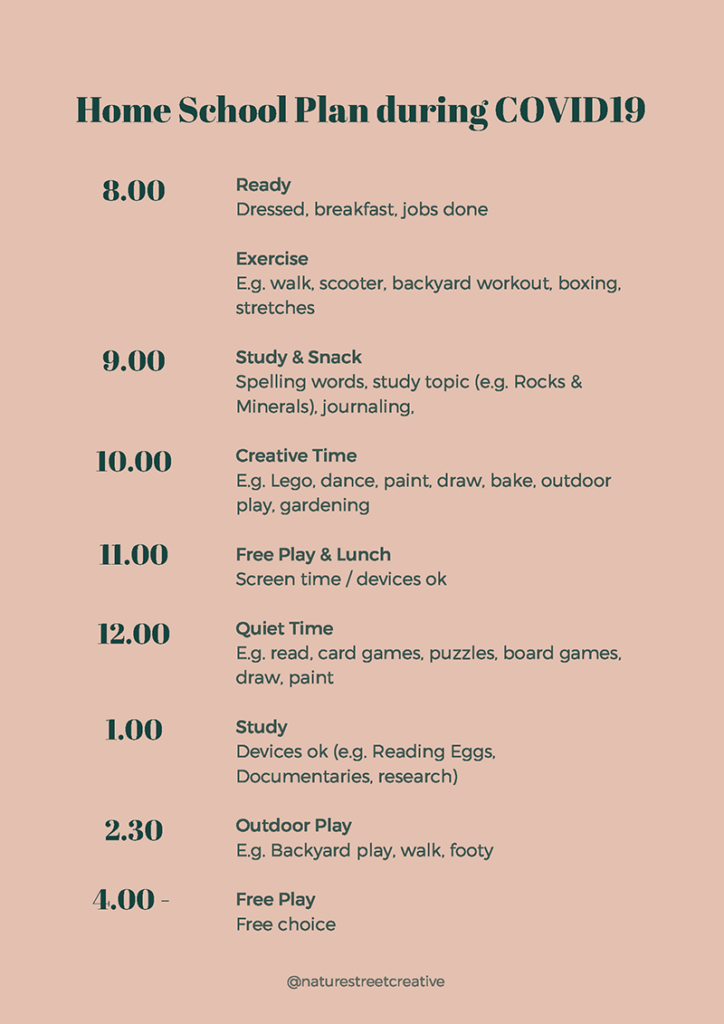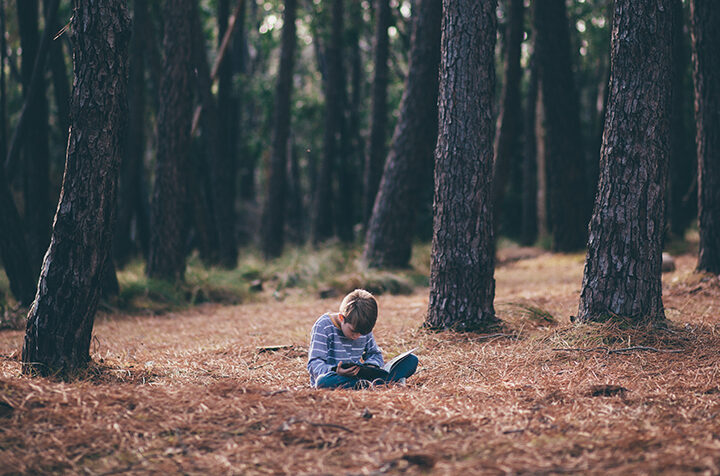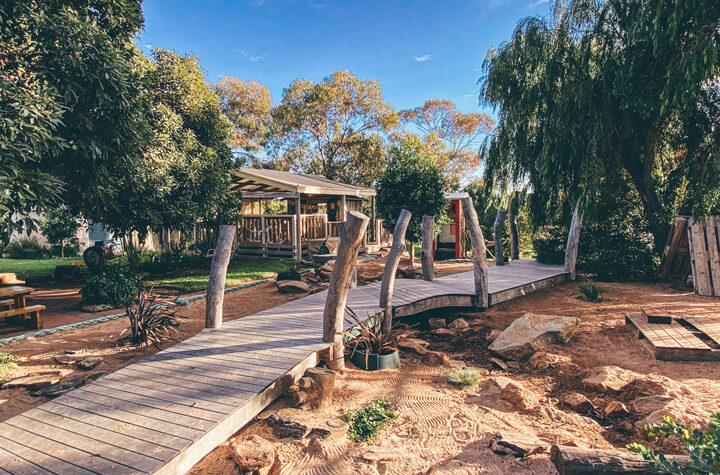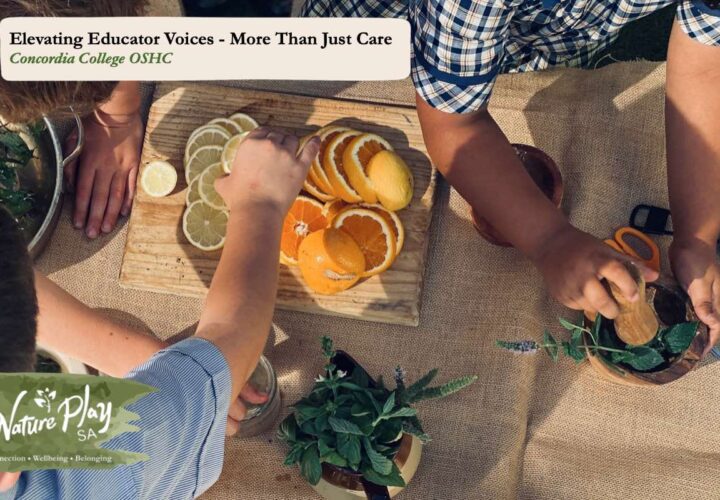8 Tips for home-schooling during Coronavirus – By Claire Lock
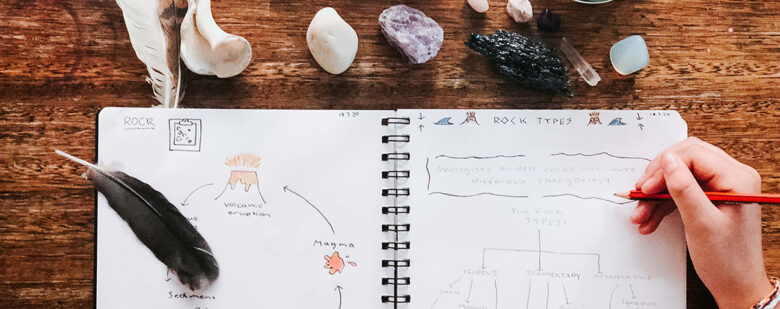
Mother and environmental communicator, Claire Lock, shares her family’s first steps into voluntarily home schooling as Coronavirus unfolds.
It was late last Sunday night when my husband and I made the decision.
When the kids woke in the morning, we’d let them know they could home-school as part of our family’s response to social distancing and #flatteningthecurve of Coronavirus (COVID19) in Australia.
We are navigating uncharted territory as a global collective, and within our own family unit. Significant change is happening daily, uncertainty abounds, and our place in the world may feel threatened or ambiguous. In considering our family’s options that night, we homed in on our values and the factors we can control or influence. With two children feeling anxious and loved ones considered especially vulnerable to COVID19, we circled back to what we can do.
We can:
- Adopt social distancing
- Provide a safe place and sense of security for our children
- Slow down, simplify, innovate and adapt
- Look after our wellbeing and mental health with time in nature
- Value kindness, community and connection.
My work as an independent freelancer means we’re in a position where we can choose to voluntarily home school, with some adjustments to daily routine.
With all of this in mind, were we fully convinced on our decision to embark on this journey (or profess to know what we’re doing)? No. We also don’t know how long we’re home schooling for, what the future holds, or what our lives or world will look like on the other side of this pandemic.
What we do know though?
We will give ourselves grace and make decisions based on what feels right for our family and the wellbeing of our broader community.
Our home school strategy and family response to COVID19 will flex and adapt. We don’t have to be ‘perfect’ in how we home school and our children don’t need us to be. What our two need right now is our presence, quality time together, and support to find a new rhythm.
Our Home School Plan
Our first priority was to create a daily plan to provide structure and routine to our home schooling.
With two children (aged 8 and 11) feeling uncertain about the world, developing a plan provides them with consistency, stability and security. It also helps me to plan my day to be available when they need me, whilst also factoring times for my work. Here’s what we created, using other examples online as a guide to develop something that felt right for us.
Ultimately, if you are newly home schooling or considering it in the future, it is important to make it work for you and your family.
All our children are individuals, are different ages, and have their unique personalities and needs. And as parents we all have different experiences, worldviews and circumstances. Children and adults all have good days and bad. Consider what your children and family need to develop your own plan, but don’t be afraid to adapt things over time. Here are some other tips for getting started.
8 Tips for starting Home Schooling
- Involve children in your planning
Our daily plan was developed as a family. Valuing our children’s voices helped create buy-in from everyone, set agreement on what we will be doing, and how we’ll work together to achieve it. It has also helped set boundaries whilst allowing ample opportunities for choice.
- Include exercise
Physical activity is vital to get our bodies moving, release mood-boosting endorphins, and support healthy immune systems. We’ve found starting our day with exercise helps set a positive mood and releases energy before we sit down to study. (FYI: the World Health Organisation recommends young people aged 5–17 have at least 60 minutes of moderate- to vigorous-intensity physical activity daily).
- Prioritise nature time
Now, more than ever, nature is critical for our health and wellbeing.
Social distancing doesn’t mean we need to stay indoors. Rather, we should be proactively including nature in our everyday (this can be in our homes, yards, neighbourhoods or wild spaces).
Nature time is threaded throughout our home school day: there is dedicated outdoor play time but most of our plan can be done outdoors or have a nature-based focus. Reading on blankets in the backyard, gardening projects, and beach walks have been some of our favourites things to do so far.
- Be present for study
We are still working through what their study program looks like, but already it is clear study time is more focussed and runs smoothly when I’m at the table to help guide learning or respond to questions. I have also realised I have a lot to learn too. I know nothing about rocks and minerals (their school topic which we’re continuing at home) but that’s ok: I don’t need to know everything. In fact, it opens us to being able to wonder and learn together, and that’s been a special discovery in our journey so far.
- Set boundaries for screen time
We’re utilising technology to support our home learning – for example, YouTube for kids rocks and mineral videos, Reading Eggs for my son’s literacy, and Netflix to watch documentaries (they then write or draw three things they learned). We have put boundaries in place for when devices are allowed during the home school day. Having our children’s input and agreement into our plan provided the foundation to make this work, greatly reducing one potential stress factor.
- Stay connected
We are also utilising technology to help our children stay connected with family and friends whilst social distancing. This is particularly important for our tween, having reached the developmental stage when peers are becoming increasingly important. So far, she has been using Facetime and another agreed social media channel to chat with friends during her free play time (or after our home school day has finished).
- Go wild
Building on the nature theme, we are also planning family excursions to wild spaces like National Parks and local forests. With our decision to home school and a ban on State Government school excursions due to COVID19, our two missed out on an excursion to Hallett Cove Conservation Park. We will now do this in our own time, linking it to their home learning on rocks and minerals.
- Take time out
Be flexible and take time out to look after yourself if you need. We are all under pressure and face uncertainty. Personally, I’ve been working on deadlines and supporting clients navigate significant changes during COVID19. We decided to take the day off home school Friday to ease the pressure and allow me to deliver this work.
Be kind on yourself, and to others.
We’re all in this together.
** For outdoor play and learning ideas discover Nature Play SA’s range of free resources, including the Go Wild Challenge and list of 25 Things to Do in Autumn.

